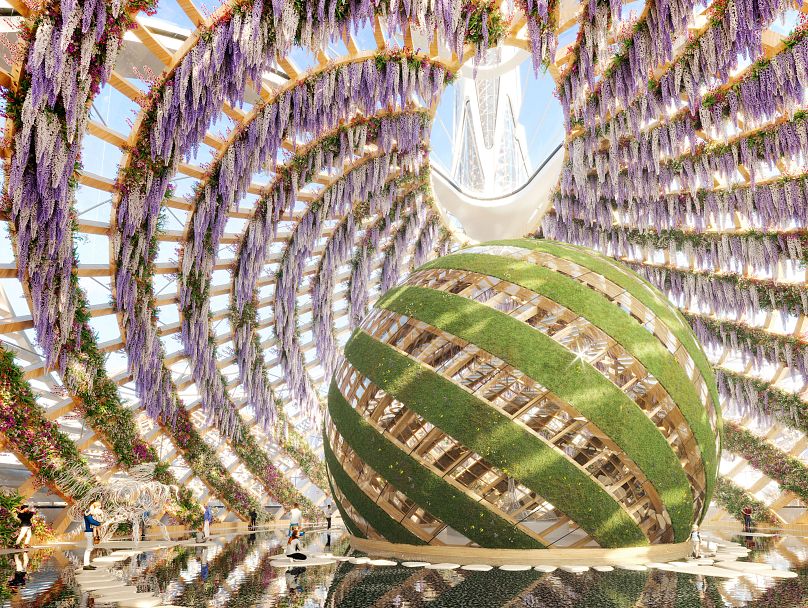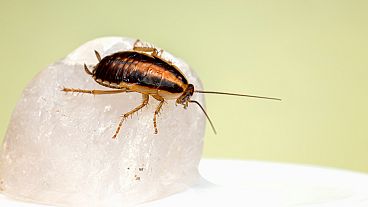The European Commission reached out to gamification, storytelling and immersive technologies to save the bees.
An immersive VR experience is the latest European Commission effort to raise awareness of the devastating consequences of a world without pollinators.
Bumblebees, solitary bees, hoverflies, butterflies, moths, wasps, beetles and flies are all essential to keeping nature healthy. However, the pollinators are in serious decline. Around four in five crop and wild flowering plant species in the EU depend on animal pollination.
The European Commission has teamed up with renowned architect Vincent Callebaut to create the futuristic Pollinator Park.
The interactive experience is set in 2050 where a cascade of ecological crises has impoverished the world and pollinating insects have all but disappeared.
Visitors can walk through different steps in a futuristic farm, which provides a safe haven for pollinators and is an eye-opener for visitors.
"Three out of four bites of food we eat today depends on animal pollination", says the Commission's communication officer Tanja Franotović.
"We made a projection that food will gradually become more expensive, less nutritional, and just very, very rare and some food will disappear."
Click on the video above to learn more about the project.




